Paracelsus was a great observationalist, and those who knew him best have called him “The Second Hermes” and “The Trismegistus of Switzerland.” He traveled Europe from end to end, and may have penetrated Eastern lands while running down superstitions and ferreting out supposedly lost doctrines. From the gypsies he learned much concerning the uses of simples, and apparently from the Arabians concerning the making of talismans and the influences of the heavenly bodies. Paracelsus felt that the healing of the sick was of far greater importance than the maintaining of an orthodox medical standing, so he sacrificed what might otherwise have been a dignified medical career and at the cost of lifelong persecution bitterly attacked the therapeutic systems of his day.
Uppermost in his mind was the hypothesis that everything in the universe is good for something–which accounts for his cutting fungus from tombstones and collecting dew on glass plates at midnight. He was a true explorer of Nature’s arcanum. Many authorities have held the opinion that he was the discoverer of mesmerism, and that Mesmer evolved the art as the result of studying the writings of this great Swiss physician.
The utter contempt which Paracelsus felt for the narrow systems of medicine in vogue during his lifetime, and his conviction of their inadequacy, are best expressed in his own quaint way: “But the number of diseases that originate from some unknown causes is far greater than those that come from mechanical causes, and for such diseases our physicians know no cure because not knowing such causes they cannot remove them. All they can prudently do is to observe the patient and make their guesses about his condition; and the patient may rest satisfied if the medicines administered to him do no serious harm, and do not prevent his recovery. The best of our popular physicians are the ones that do least harm. But, unfortunately, some poison their patients with mercury, others purge them or bleed them to death. There are some who have learned so much that their learning has driven out all their common sense, and a there are others who care a great: deal more for their own profit than for the health of their patients. A disease does not change its state to accommodate itself to the knowledge of the physician, but the physician should understand the causes of the disease. A physician should be a servant of Nature, and not her enemy; he should be able to guide and direct her in her struggle for life and not throw, by his unreasonable interference, fresh obstacles in the way of recovery.” (From the Paragranum, translated by Franz Hartmann.)
The belief that nearly all diseases have their origin in the invisible nature of man (the Astrum) is a fundamental precept of Hermetic medicine, for while Hermetists in no way disregarded the physical body, they believed that man’s material constitution was an emanation from, or an objectification of, his invisible spiritual principles. A brief, but it is believed fairly comprehensive, résumé of the Hermetic principles of Paracelsus follows.
THE TITLE PAGE OF THE BOOK OF ALZE.
From Musæum Hermeticum Reformatum et Amplificatum. This title page is a further example of Hermetic and alchemical symbolism. The seven-pointed star of the sacred metals is arranged that one black point is downward, thus symbolizing Saturn, the Destroyer. Beginning in the space immediately to the left of the black point, reading clockwise discloses the cryptic word VITRIOL formed by the capital letters of the seven Latin words in the outer circle.
p. 110
There is one vital substance in Nature upon which all things subsist. It is called archæus, or vital life force, and is synonymous with the astral light or spiritual air of the ancients. In regard to this substance, Eliphas Levi has written: “Light, that creative agent, the vibrations of which are the movement and life of all things; light, latent in the universal ether, radiating about absorbing centres, which, being saturated thereby, project movement and life in their turn, so forming creative currents; light, astralized in the stars, animalized in animals, humanized in human beings; light, which vegetates all plants, glistens in metals, produces all forms of Nature and equilibrates all by the laws of universal sympathy–this is the light which exhibits the phenomena of magnetism, divined by Paracelsus, which tinctures the blood, being released from the air as it is inhaled and discharged by the hermetic bellows of the lungs.” (The History of Magic.)

Moe is the founder of GnosticWarrior.com. He is a father, husband, author, martial arts black belt, and an expert in Gnosticism, the occult, and esotericism.

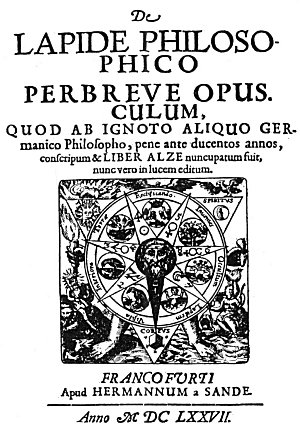
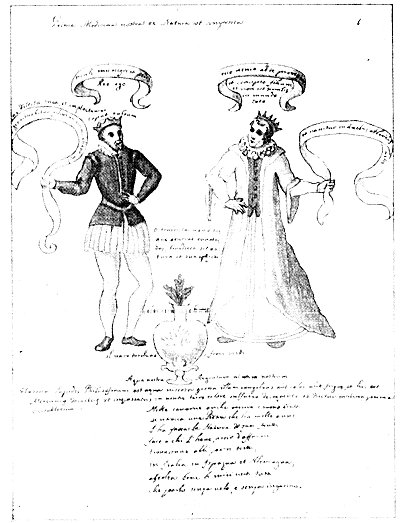
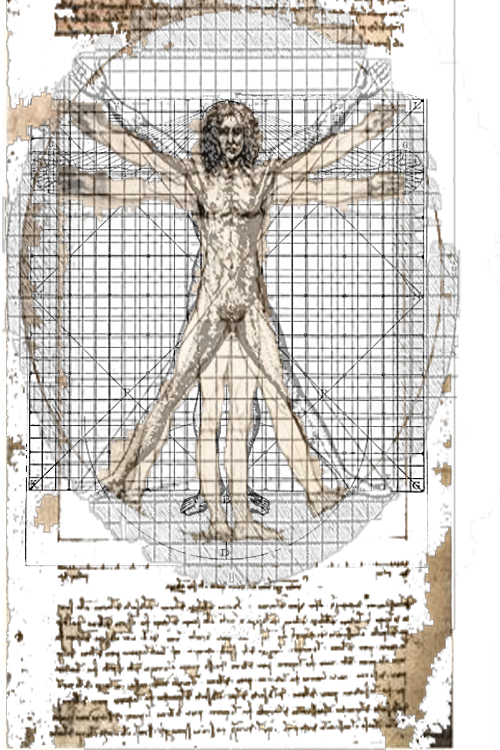

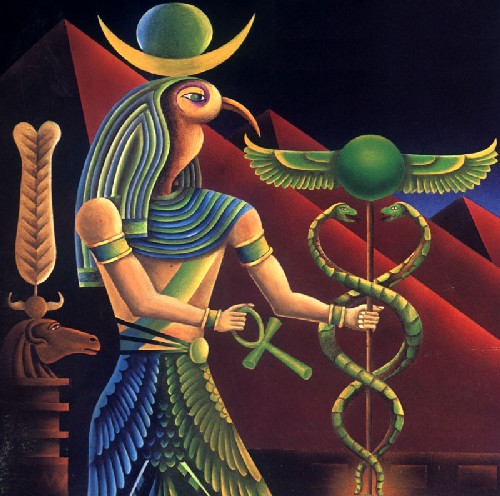
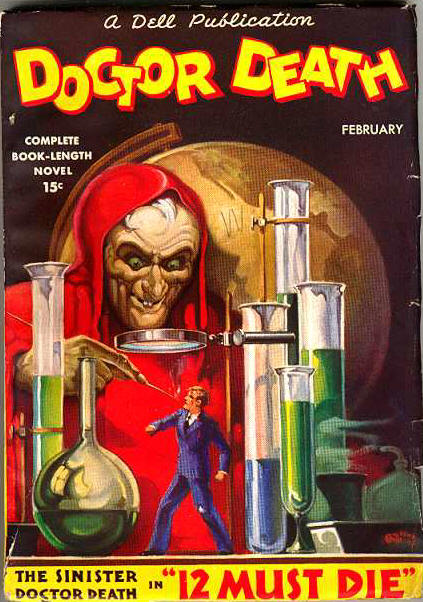
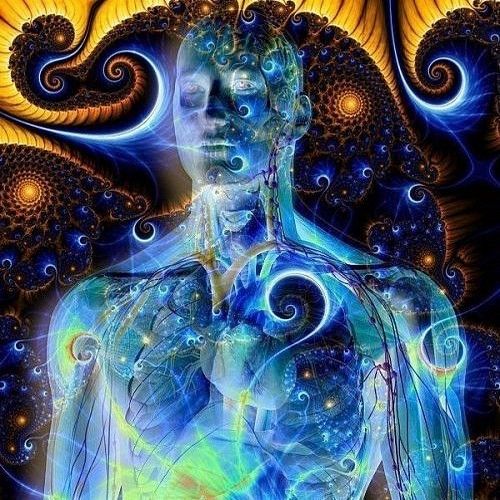
![How the South Saxons received Eadbert and Eolla, and the West Saxons, Daniel and Aldhelm, for their bishops; and of the writings of the same Aldhelm [705 A.D.] | Book 5 | Chapter 17 How the South Saxons received Eadbert and Eolla, and the West Saxons, Daniel and Aldhelm, for their bishops; and of the writings of the same Aldhelm [705 A.D.] | Book 5 | Chapter 17](https://www.gnosticwarrior.com/wp-content/plugins/contextual-related-posts/default.png)